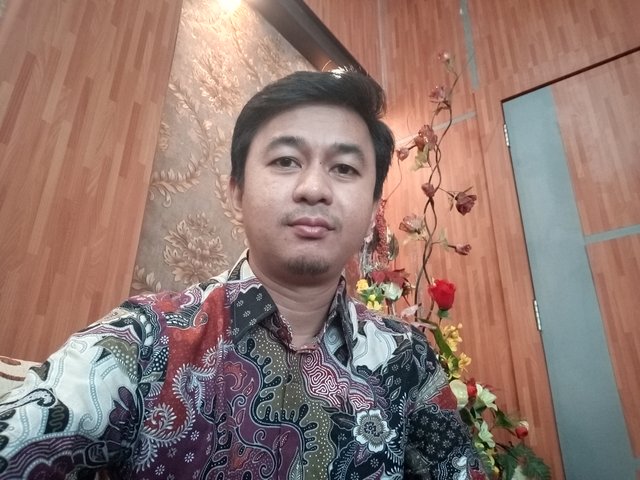
Starting the morning by attending a meeting in the Regional Secretary's Room of Langsa City in order to receive a team visit from the Ministry of Public Works and Public Housing to conduct a review of the condition of Krueng Langsa Park which was built in 2021 under a program called Kota Tanpa Kumuh (Kotaku). The meeting was chaired directly by Mr. Regional Secretary by also inviting the relevant agencies, well here I accompanied the Head of Division and also my Head of Service who was also invited.
 | 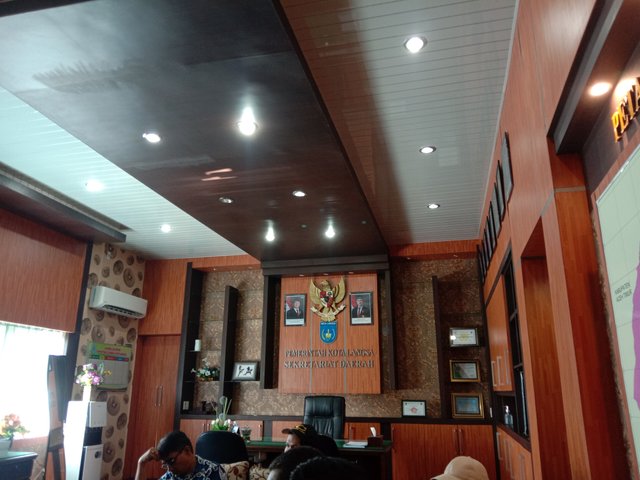 |
|---|
The things discussed in the meeting were related to how the process of implementing the park construction, what was the basis for choosing the location, what obstacles were faced, whether it was in accordance with the planning, and others. As far as I know, the background of the park was to reorganize the area around the riverbank that was used by villagers to build their homes, even though this behavior violated the rules. So of course the main problem faced when the implementation of the park construction was carried out was persuasive efforts to move some residents there.
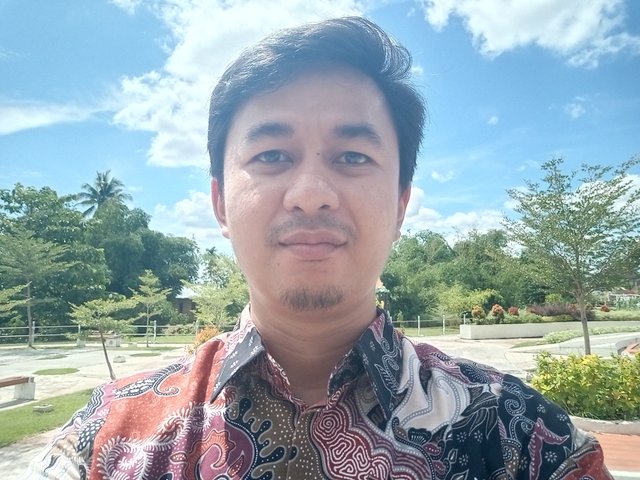
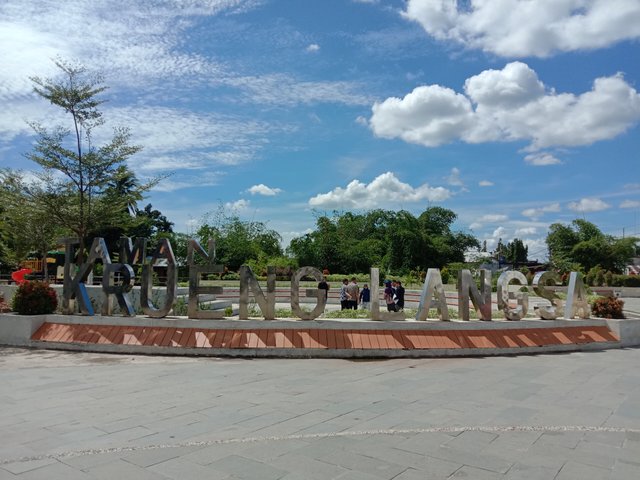
So, after the meeting was over we immediately went to Krueng Langsa Park to see the current condition of the park, which is an evaluation step carried out by the work unit team from the Ministry. Later, the results of the review become the basis of their reporting to produce a recommendation regarding the re-implementation of a similar program in areas that have provided good performance with the park and its functioning, as well as its development potential.
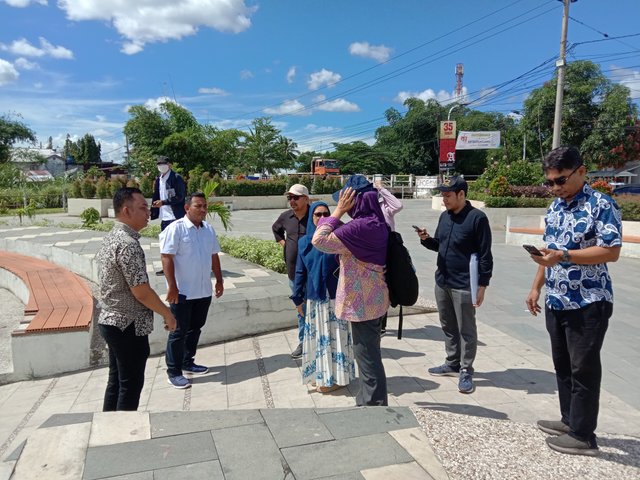 | 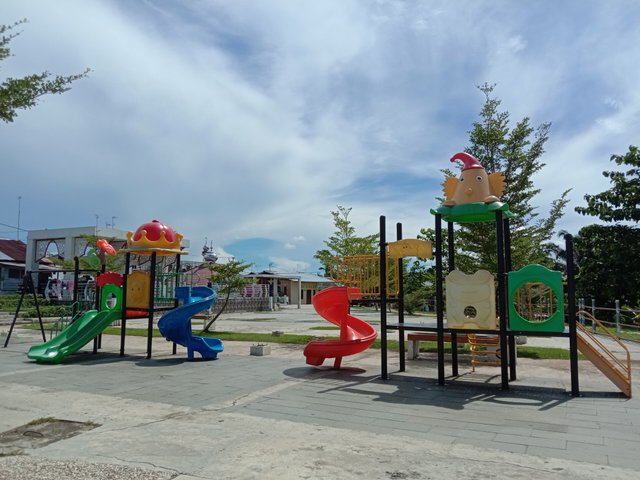 |
|---|
 | 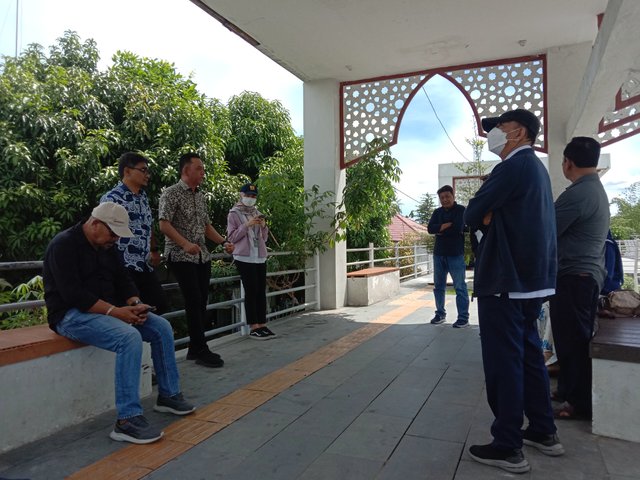 |
|---|
How big is the impact of the Kotaku program?
The Kotaku or Kota Tanpa Kumuh program is a program that is implemented nationally in 269 regencies/cities in 34 provinces; and becomes the basis for handling slums through integrating various resources and funding sources, such as from the central government, the local government, donor institutions, private sector, community, and other stakeholders. The objective of the Kotaku program is to increase the access of people in slums to basic urban infrastructure and services in supporting the creation of livable, productive and sustainable urban settlements.
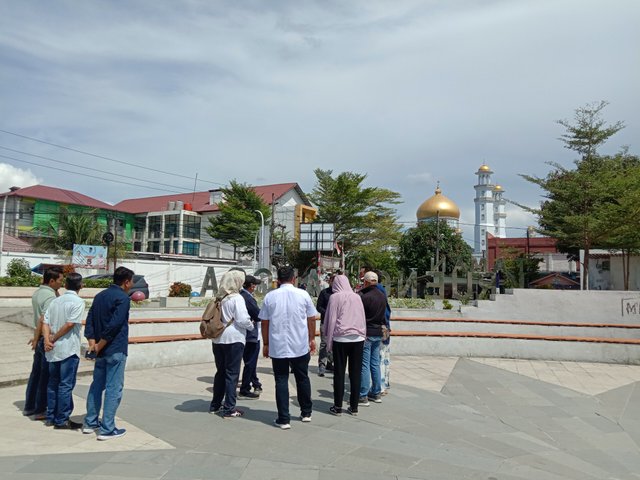
The output of the Kotaku program is the increase of community access to infrastructure and urban services in slum settlements, such as drainage, clean or drinking water, waste management, and public open spaces such as Krueng Langsa Park. Indeed, it has been identified that the implementation of the Kotaku Program has run according to the program's objectives, where the community stated that they have felt positive impacts, such as the physical environment has changed to become less slum, the community's awareness to maintain the environment has grown, the existence of public open spaces, and the improvement of the local community's economy through the use of public open spaces.
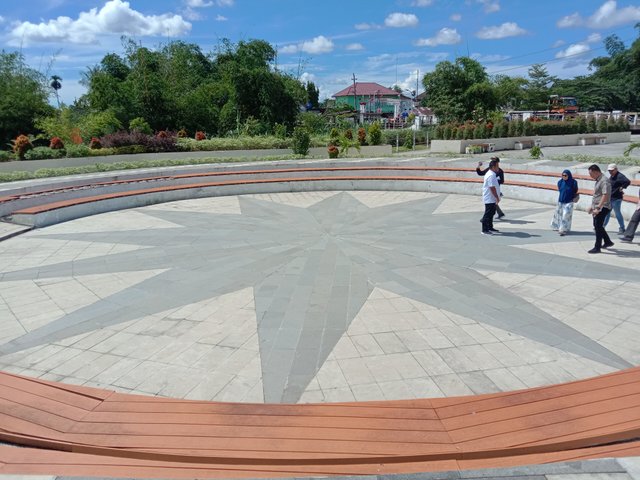
Expectations for Slum Area Handling in the Future
The Kotaku program has ended in 2023, but it has provided great benefits for the community and the local government. Now the management of the infrastructure that has been built is a shared responsibility. The life behavior and mindset of the community are the main factors that determine the sustainability of this well-organized area, while the local government is expected to allocate funds for the maintenance or development of Krueng Langsa Park.
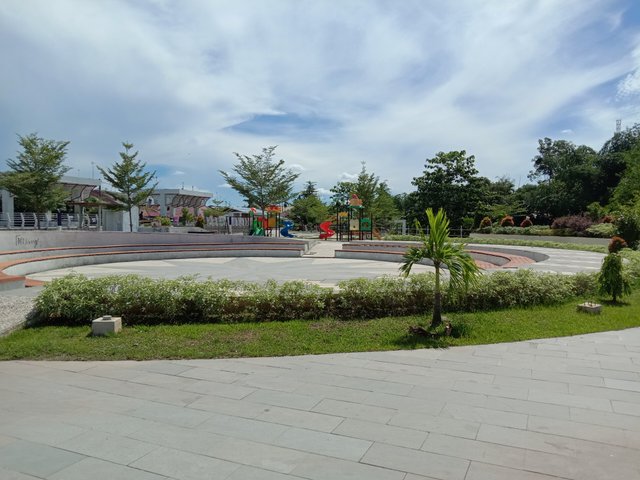
Behind it all, hopefully there will be other slum management programs initiated by the central government, because it has clearly had a positive effect and certainly provides a better quality of life for the community.

Appeal to community members:
Downvoting a post can decrease pending rewards and make it less visible. Common reasons:
Submit
Terimakasih untuk verifikasinya Pak 🙏🏼
Downvoting a post can decrease pending rewards and make it less visible. Common reasons:
Submit